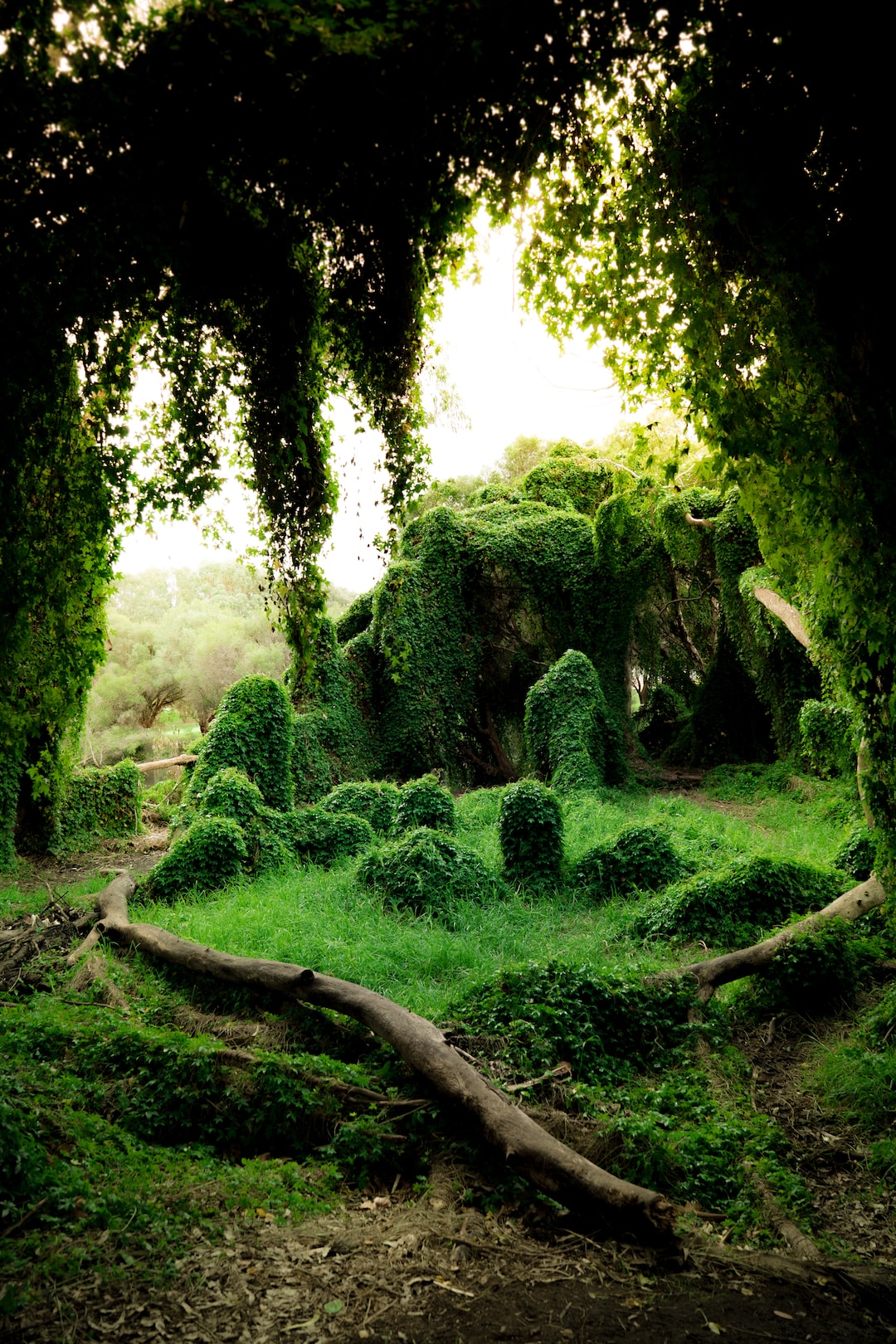Designing a Low-Maintenance Garden
Having a beautiful garden is a dream for many homeowners, but the reality is that not everyone has the time or energy to dedicate to its maintenance. However, this does not mean you have to forgo a stunning outdoor space altogether. With a little planning and the right design choices, you can create a low-maintenance garden that still looks sensational. Here are some tips to help you get started:
Choose the Right Plants
Selecting the right plants is the first step in creating a low-maintenance garden. Opt for native plants that are well-suited to your climate and soil conditions. These plants are typically more resistant to pests and diseases, requiring less care. Additionally, choose plants that are drought-tolerant, as they will require less watering. By carefully considering your plant selection, you can reduce the need for constant pruning, fertilizing, and other forms of maintenance.
Create Containers and Define Spaces
One way to make your garden low-maintenance is by incorporating container gardens and creating different defined spaces. Containers allow you to control the growth of the plants, minimizing the need for regular trimming. They also make it easier to move plants around, especially during colder months. Defining spaces through different hardscaping elements, such as gravel paths or stone walls, helps to create a well-structured and organized garden that requires less attention.
Use Mulch and Groundcover Plants
Mulching not only adds an aesthetic appeal to your garden but also conserves moisture and reduces weed growth. Applying a layer of mulch around plants and between garden beds will help retain soil moisture, reducing the need for constant watering. Furthermore, consider using groundcover plants in open areas. These low-growing plants cover the ground, reducing weed growth while adding texture and color to your garden.
Automate Watering Systems
Watering can be a time-consuming task in maintaining a garden. Reduce the need for constant watering by installing an automated irrigation system. Choose a system that allows you to control the frequency and duration of watering, ensuring your plants receive the right amount of water. Drip irrigation systems are particularly effective in conserving water and minimizing runoff.
Embrace Minimalism
Finally, adopting a minimalist approach to your garden design can significantly reduce maintenance requirements. Embrace simplicity and clean lines, focusing on a few well-chosen plants and striking features. Remove excessive ornamentation, cumbersome furniture, and unnecessary decor. By creating a clutter-free garden, you not only reduce the need for regular cleaning and organizing but also create a relaxing and serene space.
In conclusion, designing a low-maintenance garden is all about choosing the right plants, creating defined spaces, using mulch, incorporating automation, and embracing minimalism. By following these principles, you can spend less time maintaining and more time enjoying your garden oasis. Remember, a low-maintenance garden can still be a stunning, peaceful retreat that enhances your outdoor living experience.

